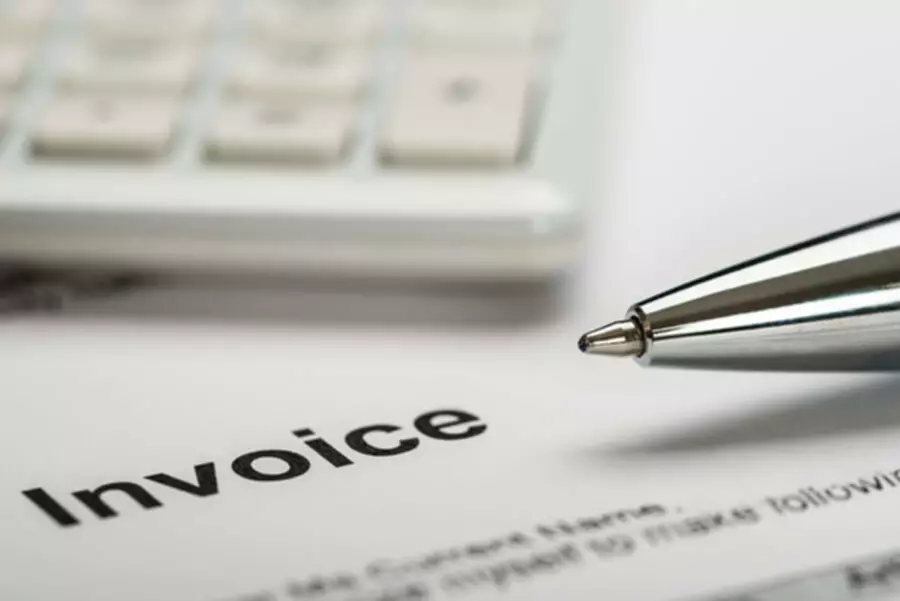Content

In this case, the same result could have been achieved by multiplying the 111,000 shares from Example 1 by a factor of 2. This shortcut is used to adjust the average outstanding shares for earlier years covered by comparative statements. Thus, the denominator is expressed in terms of the type of common share that exists at the time the financial statements are released, rather than the type that exists when the earnings were achieved. how to calculate outstanding shares Specifically, the number of actual shares outstanding must be altered to what it would have been if the split or dividend had occurred at the year’s start. This adjustment is made if the split or dividend occurs during the year or even after the year-end. However, a stock dividend or split does have the effect of creating a new “type” of common share in the sense that the percentage of ownership per share is altered.
What Are Outstanding Shares? Definition & Related Concepts – TheStreet
What Are Outstanding Shares? Definition & Related Concepts.
Posted: Fri, 20 May 2022 07:00:00 GMT [source]
You can learn more about the standards we follow in producing accurate, unbiased content in oureditorial policy. Board Of DirectorsBoard of Directors refers to a corporate body comprising a group of elected people who represent the interest of a company’s stockholders. The board forms the top layer of the hierarchy and focuses on ensuring that the company efficiently achieves its goals. For the denominator to be consistent with the numerator, it should reflect the earning power resulting from the issuances of new shares or the retirement of old shares.
How Shares outstanding Affect Investors?
This is the number of authorized shares that the company has issued to shareholders. This will include all common and preferred shares issued to founder, investors, employees, etc. Any time the company issues shares, it must be approved by the board of directors.
However, since there are fluctuations in share counts between different reporting periods, many companies use a weighted average to express the figure. For example, if a company has issued 20 million shares and has treasury stocks of 7 million, its shares outstanding are 13 million. Floating stock is a measure of the number of shares that are available for the public to buy and sell. To find floating stock, start with the number of shares outstanding and subtract restricted shares owned by executives and employees. When a company issues more shares from treasury stock, the ownership percentage of existing shareholders is reduced. When a company buys back stock, the ownership percentage of shareholders increases.
Where can I find a company’s price per share?
The shareholders are part-owners of the business and have certain rights, such as deciding who sits on the board of directors. For example, the firm may not want to commit itself to pay a dividend or increasing the amount of a pre-existing dividend payment. In addition, investors may get upset if the firm has a bad year and cannot keep up with the new dividend payment. There are times when a https://www.bookstime.com/ company considers its stock to be undervalued. As a result, the company may initiate a repurchase program to buy back some of its stock. Lowering the number of these shares may inhibit liquidity, but it may also deter short sellers from the stock because of the difficulty of borrowing the shares. The price of each share will decrease, leading to the company’s stock becoming more affordable.

Shares outstanding is a stock market term that refers to all of the available stocks currently available to be purchased and held by investors. Shares outstanding do not include the stock in the treasury that have been repurchased by the company, but instead only the ones that shareholders currently own. The figure can typically be found on a balance sheet under the heading “Capital Stock”, and can vary significantly over time. A company’s outstanding shares may be less than or equal to issued shares. However, issued shares include those that were initially allocated to investors and those in reserve. Also, outstanding shares do not include preferred shares but issued shares do. Shares outstanding only includes the shares currently held by investors.
What are share repurchase programs?
Stock Screener Filter, sort and analyze all stocks to find your next investment. It is generally better to look at the diluted figure when making investment decisions. In simple terms, it is the amount of profit that each stock in the company “owns.” If all the company’s profits were distributed to shareholders, this is how much you would get for each stock you own.
What is the difference between shares issued and outstanding?
They are “authorized” because they fall within the maximum number of shares a company can sell according to its corporate charter. They are “issued” because they have been sold. They are “outstanding” because they have been sold to the public (not to the owners or managers of the company).
Typically, a stock split occurs when a company is aiming to reduce the price of its shares. When this takes place, a company’s outstanding shares increase, and a higher degree of liquidity results. By contrast, a reverse stock split occurs when a company seeks to elevate its share price. Often, a company does this to meet listing requirements, which often require a minimum share price. This is done either to increase the value of the existing shares or to prevent various shareholders from controlling the company.
Motley Fool Investing Philosophy
Shares outstanding are the stock that is held by a company’s shareholders on the open market. Along with individual shareholders, this includes restricted shares that are held by a company’s officers and institutional investors. The number of shares outstanding will increase if a company undertakes a stock split, or will reduce if it undertakes a reverse stock split. Stock splits are usually undertaken to bring the share price of a company within the buying range of retail investors; the increase in the number of outstanding shares also improves liquidity. Conversely, a company will generally embark on a reverse split or share consolidation to bring its share price into the minimum range necessary to satisfy exchange listing requirements. While the lower number of outstanding shares may hamper liquidity, it could also deter short sellers since it will be more difficult to borrow shares for short sales. 600 shares are issued as floating shares to the general public, 200 are issued as restricted shares to company insiders, and 200 are kept in the company’s treasury.

Restricted shares issued to the company’s management or other key stakeholders, but it doesn’t include the shares owned by the company itself. Unlike thebook value per share, the market price per share has no specific relation to the value of the company’s assets or any other balance sheet information. Instead, the market price per share is influenced by supply and demand. The market price per share of stock, or the “share price,” is the most recent price that a stock has traded for. It’s a function of market forces, occurring when the price a buyer is willing to pay for a stock meets the price a seller is willing to accept for a stock. For example, if a firm has $200 million in equity after deducting the value of preferred stock, and 10 million shares outstanding, the book value works out to $20 per share.
